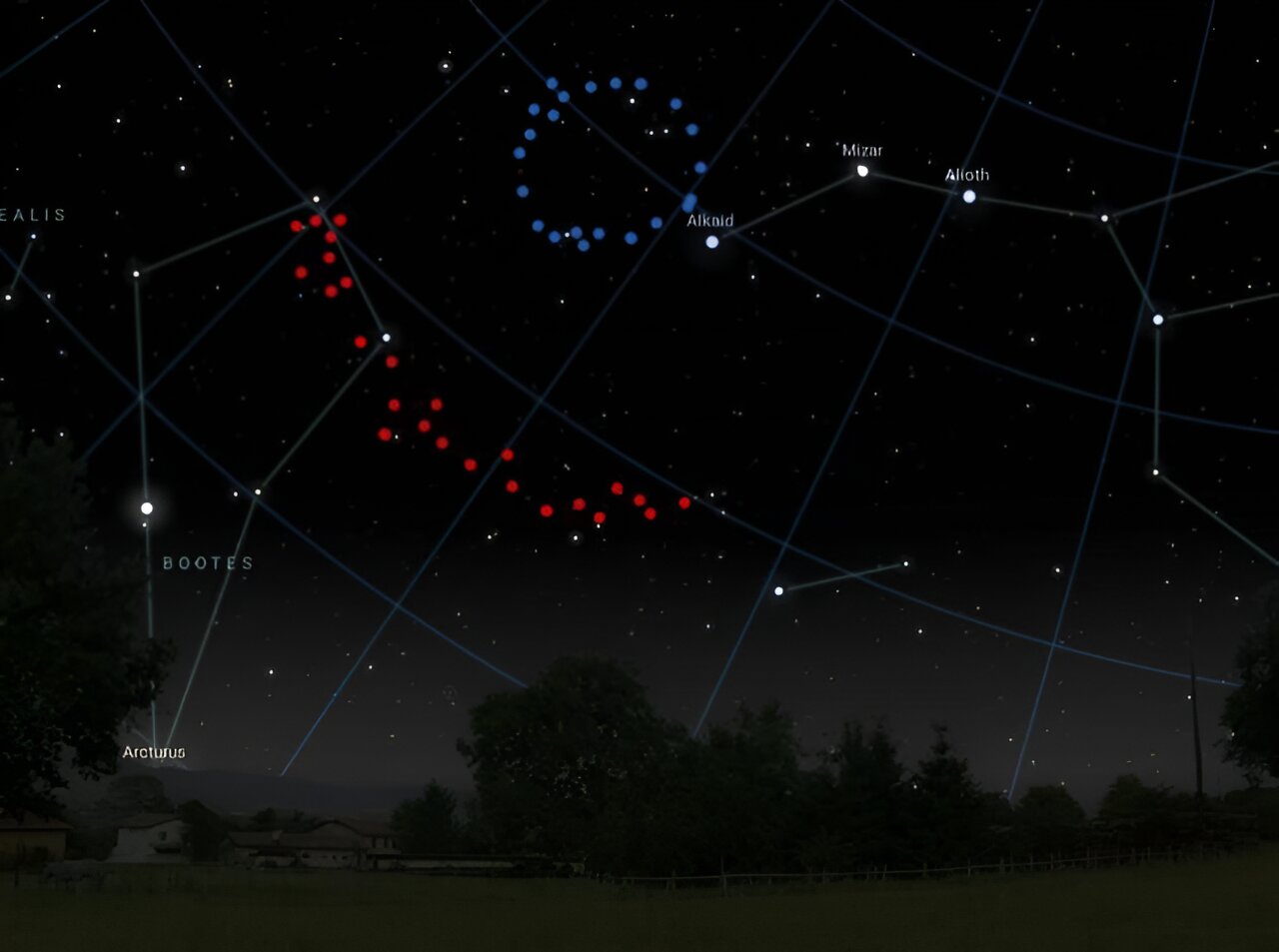Scientists have found a giant ring-shaped structure in space with a diameter of 3.3 billion light-years. It is a giant supercluster of galaxies. Scientists were struck by the fact that this is the second such object discovered in this area of the sky.

Big Ring
Researchers from the University of Central Lancashire have discovered a giant structure in the form of a giant ring in space. It consists of a huge number of galaxies and the matter surrounding them. Its diameter is 3.3 billion light-years, and it is 9.4 billion light-years away from us.
The ring is so big that 15 full moons can fit inside it in the earth’s sky. However, it is not visible because each individual galaxy that is located there is so far away from us that it can only be seen with the help of the most powerful telescopes.
Interestingly, Alexia Lopez, a graduate student at this university, found the Big Ring to be the second colossal cosmic structure she had discovered. Two years ago, she also found a giant formation, which was called the Giant Arc. In the sky, it is located only 12 degrees from the Big Ring, and this raises a number of cosmological questions for scientists.
Mystery of giant structures
The Giant Arc is twice the size of the previous record holder, the Sloan Great Wall. Within the framework of the traditional theory of the development of the Universe, its appearance cannot be explained. It is necessary to involve a rather poorly proven theory of baryon acoustic oscillations.
It claims that these processes should have occurred in the early Universe rather chaotically, and the structures generated by them would have looked like spherical shells, the walls of which consist of galaxies. However, Baryonic Acoustic Oscillations cannot explain the Big Ring either, because, in fact, it is not spherical.
A detailed analysis showed that it looks more like a spiral or a corkscrew. In addition, the Big Ring and the Giant Arc are too large to be explained by baryonic oscillations. Therefore, scientists have attracted Roger Penrose’s Conformal Cyclic Cosmology (CCC) and the assumption of the existence of cosmic strings to their explanation.
In any case, the existence of the Big Ring and the Giant Arc challenge the cosmological principle that asserts that our universe is more or less homogeneous. This means that the structures in it cannot be larger than a certain size.
The Big Ring has a size of about 1/15 of the entire observable part of the universe. And the fact that they are side by side with a Giant Arc indicates that they may be part of an even grander structure.
According to phys.org
Follow us on Twitter to get the most interesting space news in time
https://twitter.com/ust_magazine


